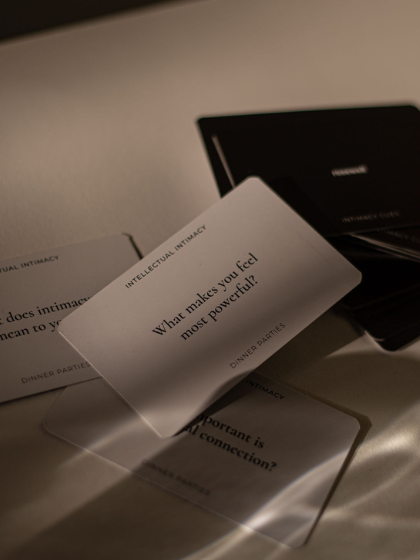Understanding and being in-tune with libido can be a tricky undertaking. Popular conversations on libido appear all around us - on relationship advice columns, Instagram reels, in scientific papers, and many others. The word ‘libido’ signifies an individual’s overall desire to engage in sexual activity, but is often culturally perceived as a universal ‘normal’ that is applied to everyone. ‘What is a normal libido?’ is a commonly asked question on the Internet, but one without a clear cut answer.

A libido is uniquely individual. Impacted by emotional, mental, physical, and environmental conditions, a libido shifts through low and high states when life conditions fluctuate.
It can be hard to understand as a unitary framework. Researcher Emily Nagoski, author of Come As You Are, helps us understand libido deeper. She says:
“There's two parts to it, and one part is the gas pedal — or accelerator — which means the other part has to be the brake. So, the accelerator responds to all the sexually relevant information in the environment and…sends the "turn on" signal.”
Likewise, the brake would process information and, in some circumstances, send the ‘turn off’ signal to the brain. As libido is highly dependent on the external and internal influences on mood, it is common to experience our own sex drive change on a sprectrum. Why is libido so unique to each individual? There are several facets.
Satisfaction with our relationships (including platonic relationships) has an exponential impact on our desire to engage in sexual activity. The same applies with external environmental factors, such as culture and religion. Understandably, mental health and neuropsychological conditions can also impact libido. Stress, drugs or medications, chronic conditions, and hormonal (dis)balance are radical influences too. To imagine that every individual’s experiences across those aspects of life are so different, yet to still have a standard of a ‘normal’ libido now seems somewhat absurd.
There’s no easy answer, yet observing how internal and external processes interconnect and impact your own libido could be a start. While we acknowledge the lack of the idea of a ‘normal’ libido, we could embrace our own shifting states, and strive towards healthy and flourishing lives. After all, to follow Dr Nagoski’s metaphor, we are in our own driver's seats.
